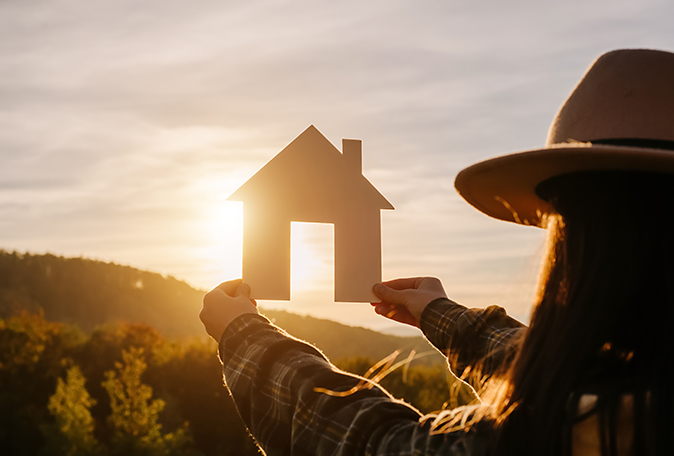Sustainable architecture can make a huge dent in energy bills, promoting well-being and combatting climate change through energy-efficient design.
Sustainable architecture is not just a trend, it’s a necessity in today’s changing world. It prioritizes environmental consciousness and long-term sustainability by incorporating energy-efficient systems, sustainable materials, and innovative design principles. These homes are expertly designed to harness natural light, optimize ventilation, and minimize energy consumption. Not only can they reduce your energy bills by up to 60%, but they also provide healthier living spaces by reducing indoor pollutants and enhancing air quality. Investing in sustainable architecture means investing in your well-being, your wallet, and the planet. It’s a forward-thinking choice that speaks to our shared responsibility to tackle climate change and promote social justice, right from our doorstep. Now is the time to join the revolution and build a healthier, more sustainable, and resilient future.
Pros
- Energy Efficiency: Sustainable architecture leverages renewable energy sources like solar and geothermal power, significantly reducing dependence on fossil fuels compared to traditional homes. This results in up to 60% lower energy bills.
- Health & Well-being: By prioritizing natural light, superior air quality, and non-toxic materials, sustainable homes create healthier living environments, a stark contrast to conventional buildings often laden with harmful substances.
- Resilience: Designed with climate change in mind, sustainable homes are more resilient to extreme weather events than their traditional counterparts, offering enhanced protection and longevity.
Cons
- Higher Upfront Costs: Sustainable construction may have a higher initial cost due to advanced technologies and materials. However, these expenses are typically offset by long-term savings in energy costs.
- Limited Professionals: It can be challenging to find architects and contractors with the necessary expertise in sustainable design and construction compared to conventional methods.
- Potential Aesthetic Compromises: Some sustainable elements might dictate a building’s appearance, possibly limiting aesthetic choices compared to traditional architecture. However, creative design solutions can help overcome this issue.

Hiring Pros
- Identify Experts: Start your search with trusted websites such as those found in our resources.
- Review Portfolios: Examine architects’ previous projects to assess their commitment to sustainability, design style, and innovation.
- Check Certifications: Look for architects with LEED or Passive House certifications, which indicate expertise in sustainable building practices.
- Communicate Your Vision: Discuss your sustainability goals, budget, and timeline openly to ensure alignment. A good architect should provide clear, realistic feedback.
- Ask for References: Speak to past clients about their experience with the architect to understand their strengths, weaknesses, and the overall quality of their work.

Do It Yourself
- Educate Yourself: Start your search with trusted books & websites such as those found in our resources.
- Plan Thoroughly: Identify your sustainability goals, budget, and timeline. Design with the site’s specific climatic conditions and orientation to the sun in mind to enhance energy efficiency.
- Choose Sustainable Materials: Prioritize local, renewable, and recycled materials. This reduces emissions from transportation and supports a circular economy.
- Energy Efficiency: Invest in high-quality insulation, energy-efficient appliances, and consider renewable energy sources like solar panels.
- Water Conservation: Install low-flow fixtures, rainwater harvesting systems, and native landscaping to reduce water usage. Always ensure your changes are up to local building codes.
Resources
Books:
- “Building a Sustainable Home” by Melissa Rappaport Schifman.
- “Essential Sustainable Home Design: A Complete Guide to Goals, Options, and the Design Process” by Chris Magwood.
Websites:
- https://www.earthadvantage.org/resources/Sustainable-Homes-Professionals.html– Earth Advantage: Registry of Sustainable Homes Professionals (SHPs).
- https://www.ecobuilding.org/green-business-listings/– Northwest EcoBuilding Guild (NWEBG): Green Business Listings. Need help with a project? See the Guild’s directory.
- https://www.usgbc.org/organizations?Country=%5B%22United+States%22%5D&Member+subcategory=%5B%22Architects%22%2C%22Architects%2FEngineers%22%5D– U.S. Green Building Council USGBC) – Directory of Green Building / Architects, Engineers.





